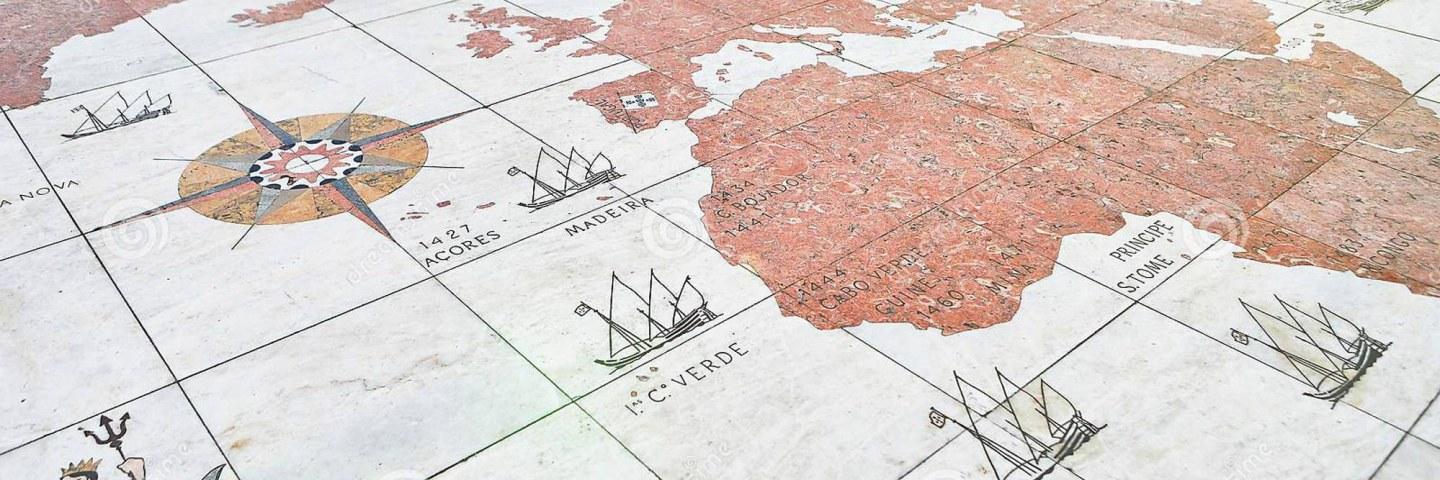This project focuses on the politics of precarity as it emerges in the matrix of everyday life in the occupied Palestinian territories. It looks at the manifold ways in which precarity operates as a technique of government that Israel uses to advance its settler colonial aims, but also as a condition that engenders new political and social forms of everyday life, action and solidarity. It problematises the notions of power, governing and violence in particular, asking how they are related to the vulnerability of acting and living. By doing so, the project shows how the idea of precarity affords a useful starting point for analyzing the structures of the occupation, but also for understanding the practices of everyday resistance.
Goal
Israeli occupation of Palestinian territories has recently passed number of significant anniversaries: 100 years since the Balfour Declaration; 70 years since the establishment of the state of Israel (Nakba); 50 years of military occupation; and 25 years since the Oslo Peace Accords were to re-establish the conditions for a sovereign Palestinian state. Especially during the last 25 years, the Oslo roadmap to peace, and the end of the occupation it was about to inaugurate, have been replaced by the accelerating settlement expansion (accompanied with house demolitions, displacements, and appropriation of Palestinian land) and the construction of Separation Wall.
The objective of the project is to approach the current situation by looking at the manifold techniques of Israeli governing through the everyday Palestinian practices, capable adapting, transforming, thwarting and escaping the strategies of occupation. It is by problematizing the notion of precarity, it is argued, that we can gain better understanding of the everyday dynamism and complexity often lacking from the geopolitical narratives of the occupation.
Funding source
Academy of Finland, Academy Research Fellowship
Contact persons
Mikko Joronen
Associate Professor, Regional Studies Mikko Joronen
Mikko Joronen